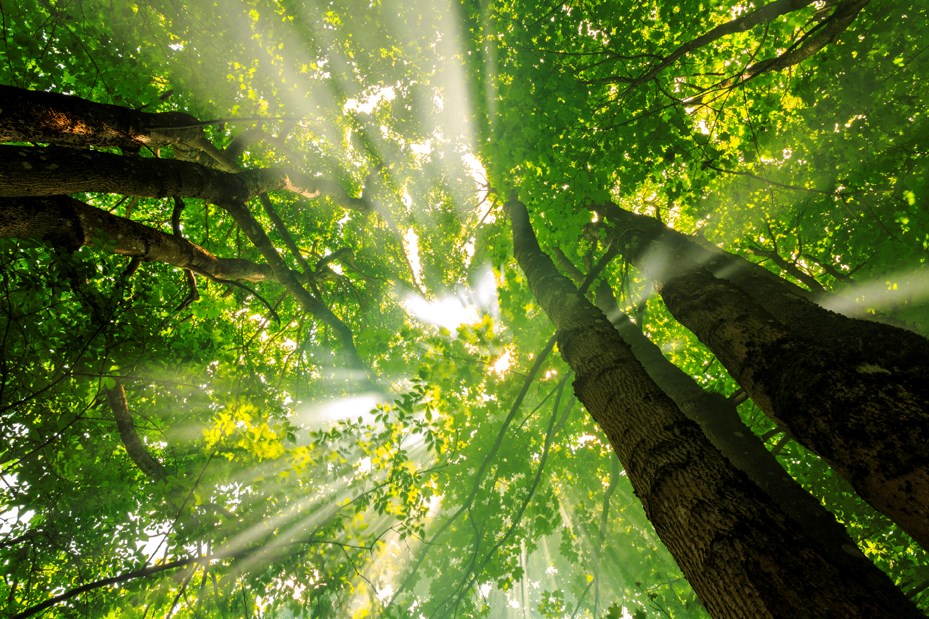New Westminster is going out on a limb in an effort to significantly grow its tree canopy in the coming years.
Council has endorsed a tree planting master plan that aims to plant about 11,800 trees by 2035 and a 10-year plan for where those trees will go.
“This is a 10-year master plan,” said Erika Mashig, the city’s manager of arboriculture, horticulture, parks and open space planning. “It is a key action within the urban forest management strategy, which provides strategic framework for how we are going to grow our citywide urban forest canopy cover from 18 per cent to 27 per cent, which is the average for a North American city. We are a bit behind on that one.”
Amelia Needoba, a principal and senior forester with Diamond Head Consulting, said the city aims to accomplish that “ambitious” target with plantings of 2,200 new trees on city-owned park and civic lands, 6,300 new street trees and 3,300 new trees on private land.
In addition to supporting the targets of the urban forest management strategy that was developed in 2016, Needoba said the tree planting master plan responds to a climate emergency resolution adopted by the city this year.
As part of the plan, the city is aiming to plant up to 500 new trees annually on city streets and boulevards.
“This is requiring all-hands-on-deck to implement this tree planting this fall,” Mashig said. “There will be… a shared kind of work plan where engineering operations, horticultural staff, auxiliary labourers are shifting in and out of tree planting certain days of the week to achieve what this plan is setting out to do.”
The master plan includes a tree-planting schedule that identifies high-priority areas (years one to three), moderate-priority areas (years four to six) and low-priority areas (years seven to 10.)
“We wanted to identify places where trees could be planted now, places where residents had requested replacement trees or places where development has resulted in a tree-planting plan. Those opportunities were all incorporated into this,” Needoba said. “In the later years we have streets that might still be a high priority, however there are some issues where we may need extended community engagement or consultation to resolve some of the tree-planting plans for those streets.”
Planting Area A is Queensborough, where the current tree canopy is six per cent, and Planting Area B is the Brow of the Hill/Downtown, where there is a 10 per cent canopy cover. Planting Area C (Massey Victory Heights, McBride, Sapperton and Brunette) has a 19 per cent tree canopy, while Planting Area D (Connaught Heights, the West End, Moody Park, Glenbrook North and Queen’s Park) has the city’s highest tree canopy cover at 21 per cent.
Needoba said the master plan is focused on plantable spaces as they exist presently. She said the number of planting locations in the downtown is restricted by the “high impermeability” of the urban neighbourhood.
“l think it does a very good job of prioritizing the areas that do need the most trees,” Mayor Jonathan Cote said of the plan. “I think particularly the Brow of the Hill and Queensborough are two areas we intuitively knew at the very beginning were areas of focus where we definitely wanted to see significant increases in the urban forest.”
While there are challenges with planting in the downtown, Cote said he’d like the city to consider how to make that happen in the future.
“I did note that Portland, even in their very urban areas, they tended to actually do a very good job with their urban forest and street trees. I am not sure what strategies they put in place to be able to do that but I think of our high-density neighbourhoods, one of the areas that makes that kind of living a little bit more livable is street trees. I really do think we need to challenge ourselves in that regard. But overall, this provides a really good roadmap and gives us a good starting point to be able to really get to work.”
In addition to planting more trees, the city will also consider how to build community stewardship programs, which could include initiatives like adopt-a-tree where residents help with watering program. Educational workshops may be offered to help the public better understand the importance of trees and why the city is doing a mass planting over the next decade.
“The trees that we plant today are really cultivating an urban forest for our next generation,” Needoba said. “While this is a plan for planting trees for 10 years, its focus is really on trying to put trees in the ground so they’ll be there in 100 years and creating that legacy.”



